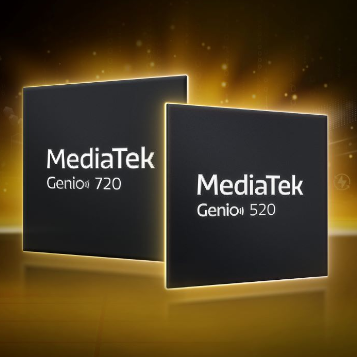MediaTek's new-generation Genio 520 and Genio 720 edge AIoT chips are specifically designed for the next generation of AI-driven Internet of Things (IoT) devices. They are manufactured using a 6-nanometer process. The built-in 8th generation Neural Processing Unit (NPU) provides computing power of up to 7/9 TOPS. With a large-capacity 16GB LPDDR5 high-speed memory, they support Transformer/CNN hardware acceleration and the local deployment of 7B large language models, significantly improving the speed of generative AI tasks such as image synthesis and text generation. Both SoC chips support a multi-tasking operating system (HLOS), and integrate rich multimedia and interface functions. They are hardware-compatible and share a software stack, supporting the ability of "one-time development, multi-device deployment".
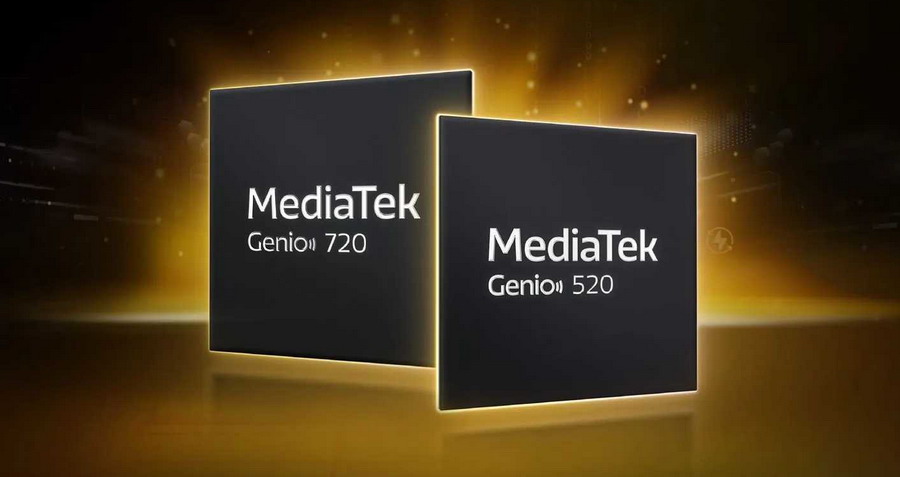
Figure 1: Genio720 and Genio520 series AIoT chips
I. Main Parameters:
Processor: ARM Cortex-A782 + Cortex-A556, 8 cores @ 2.6GHz (Max).
GPU: Mali-G57 MC2.
Memory Interface: UFS3.1/eMMC5.1, LPDDR4X/LPDDR5.
Video Coding and Decoding: 4K30fps encoding / 4K60fps decoding, H.265/H.264.
ISP Interface: MIPI CSI-2, supporting face detection.
Wireless Interface: WIFI-6E/BT5.3.
Other Interfaces: UART4/ PWM3/ PCIe2.0/ USB3.22/ USB2.03/ SPI6/ I2C9/ I2S2/ SDIO3.02/ GbE Gigabit Ethernet, etc.
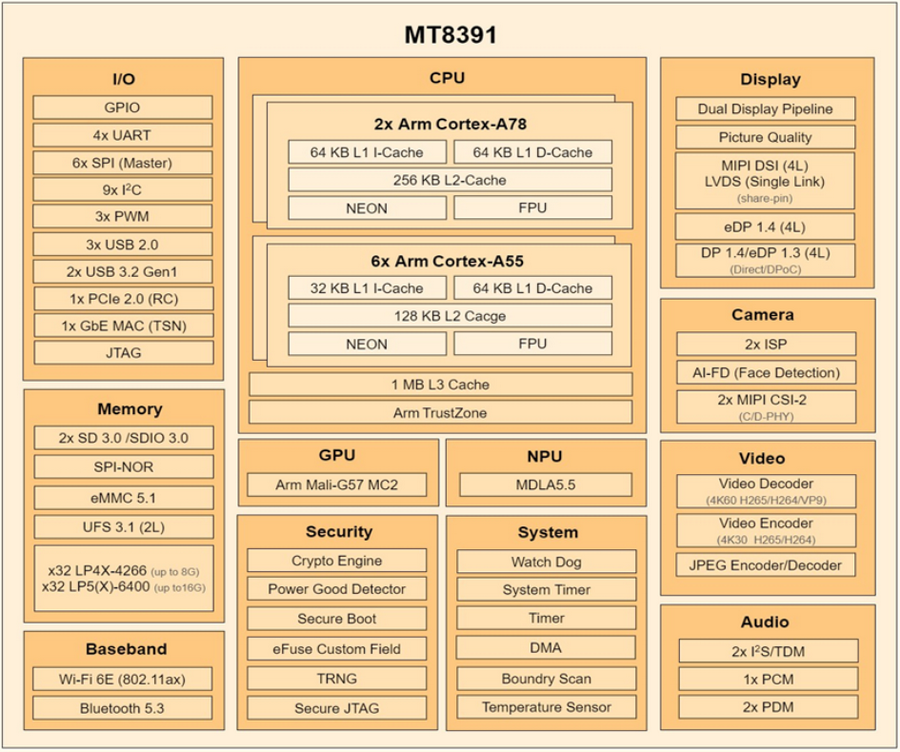
Figure 2: Block diagram of MT8391 (Genio720)
II. Advantages:
• AI Computing Power: With support for 7/9 TOPS edge computing power, Transformer/CNN hardware acceleration, it can process generative AI scenarios such as image synthesis and text generation in real time.
• Local Deployment: The 16GB LPDDR5 high-speed memory supports the local deployment of 7B large language open-source models such as DeepSeek, Llama, and Gemini.
• Multimedia: It supports 4K/5K ultra-wide display, a dual-ISP architecture, and the access of multiple FHD cameras, meeting the diverse configuration requirements of commercial displays.
• Connectivity: It is pre-integrated with Wi-Fi 6/6E, and can be externally upgraded to Wi-Fi 7 and 5G Redcap. It is equipped with high-speed interfaces such as PCIe/USB 3.2.
• System: It is compatible with Android/Yocto Linux/Ubuntu and supports stable operation within the industrial specification temperature range.
Product Differences:
• MT8391 (Genio 720): Positioned as a high-end product, it has stronger computing power and expandability.
• MT8371 (Genio 520): Optimized for the mid-range market, it has outstanding cost-effectiveness and is suitable for basic AIoT requirements.
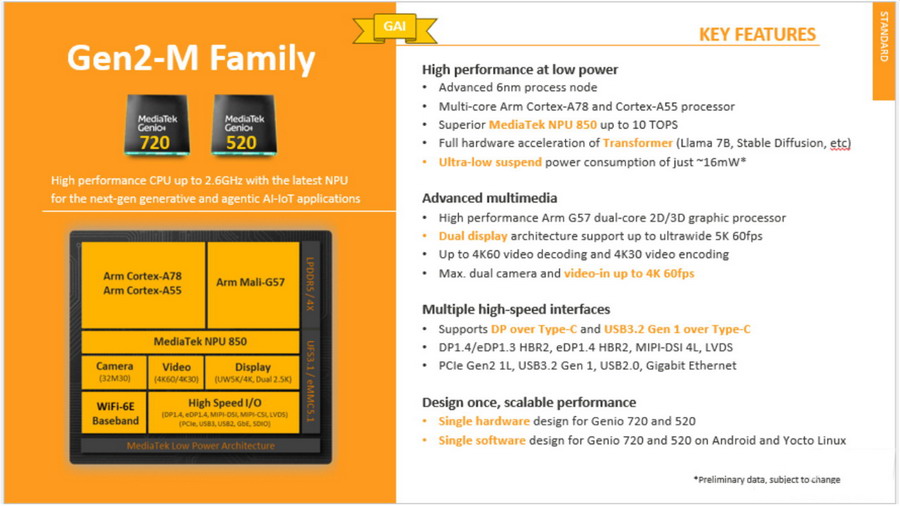
Figure 3: Main functions of Genio720 and Genio520 series chips
III. Application Scenarios:
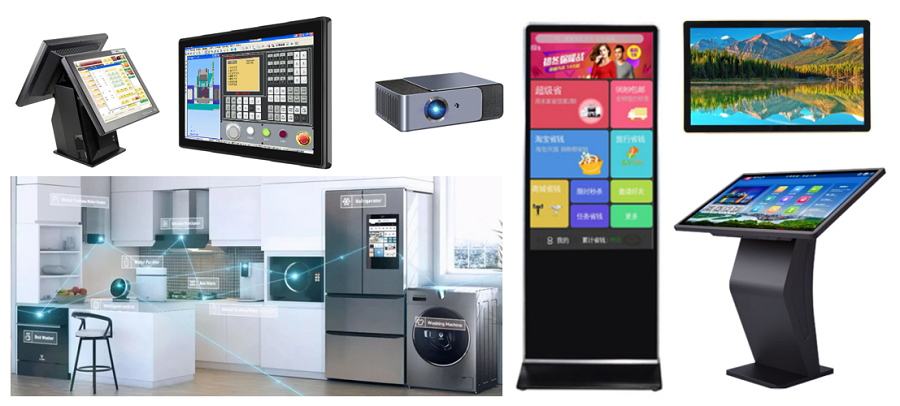
Figure 4: Application scenarios
- Smart Home: The NPU 850 enables real-time response of the voice assistant, supports the management of the home automation system, conducts real-time data analysis and decision-making, significantly improving the level of intelligence.
- Smart Retail: It features 2.5K dual-screen different display, and the virtual AI assistant responds in real time. Combined with the Gigabit Ethernet connection, it can identify, scan codes, and connect to various rich peripherals such as printers.
- Commercial Display: With powerful graphics rendering capabilities, it can drive a multi-touch display with a UW5K (5120 x 2160) resolution, suitable for educational classrooms, digital billboards, and interactive information screens.
- Transportation: In-vehicle infotainment systems (IVI), advanced driver assistance systems (ADAS), and fleet management solutions. The wide temperature range design supports operation from -40°C to 85°C.
- Industrial HMI: Through rich I/O interfaces, it enables the interconnection of diverse devices. Its robust design and advanced functions meet the diverse adaptation and high-reliability requirements of factory automation control and monitoring scenarios.
The two SoC chips, MTK Genio 720 and Genio 520, can help developers build highly scalable AIoT solutions. They combine powerful edge AI computing, multimedia processing, and connectivity capabilities, bringing new experiences to application scenarios such as smart homes, smart retail, smart vehicles, and industrial automation.

